Light bulbs are all the same: true or false? False, very false! There are dozens of different types of light bulbs available on shelves ready to take home.
Therefore, knowing how to choose them correctly is a fundamental part of a good decorative project, ranging from the aesthetic function to the comfort and functionality of the environments.
Let’s then find out what types of lamps are available on the market and how to choose the right model for your home.
How to choose light bulbs correctly
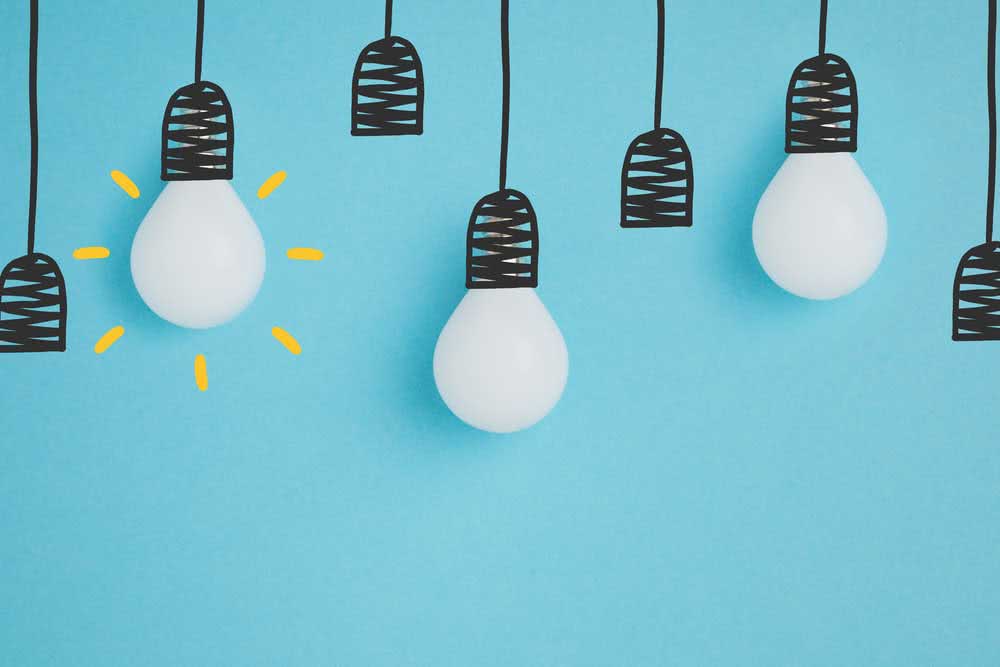
power x watts
Something that always confuses the consumer when buying a light bulb is being able to determine the ideal amount of watts.
First, it is important to clarify that the amount of watts has nothing to do with the light level, but with how much electricity the lamp consumes.
In other words, a lamp with a higher number of watts does not mean that it brightens more, it only indicates that it consumes more energy.
In this sense, LED lamps are the most suitable as they manage to combine low consumption with high luminosity, unlike an incandescent lamp that consumes a lot and does not lighten well.
To exemplify, a 10W LED lamp illuminates the same thing as a 100W incandescent lamp, but with the difference that the incandescent version consumes 10 times more electricity.
And how do you know how much a light bulb illuminates? Let’s find that out next.
lumens
The lumens or lux are indicative of the luminosity of a lamp. In other words, this is what you need to observe to know the luminous capacity of a lamp. Generally speaking, the more lumens, the more light is being emitted.
Incandescent and fluorescent lamps, for example, tend to have a lower amount of lumens and higher Watts. This means they light up less and consume more energy.
LEDs, the most modern currently, are the ones with the best cost-benefit ratio. They have a higher amount of lumens with the same Watts consumption.
For example: a 100 lumens incandescent lamp consumes 10W, while a 1000 lumens LED lamp consumes the same amount of Watts, ie 10W.
Therefore, when buying a light bulb, observe the relationship between Watts and lumens.
color and temperature
Another important feature of lamps is color and temperature ranges. For residential environments, the ideal is to opt for lamps within a warm temperature range, or, if you prefer, warm yellow or white lamps.
They are more cozy and comfortable, ideal for relaxing and resting. For this reason, they end up being widely used in environments such as bedrooms and living rooms.
In residential environments for carrying out tasks, such as bathrooms, service areas and kitchens, as well as commercial spaces, the temperature range should be neutral, which is equivalent to yellowish or slightly bluish white light bulbs.
Cold lamps, also known as bluish white, should preferably be used in places where tasks that require a lot of attention are carried out. The use of this type of lamp is almost always restricted to industries.
Lamps x environments
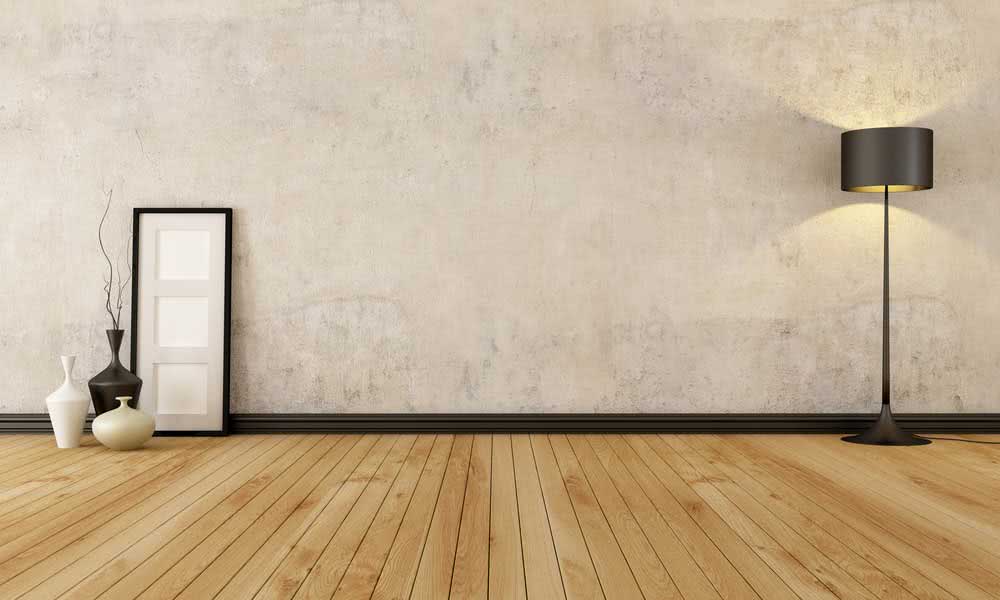
Living room
The living room is an environment for rest and relaxation, but also for social interaction and even for carrying out activities, since nowadays it is natural that this space in the house is used as a home office as well.
Therefore, the lighting in the room must be diversified, able to meet the most varied moments and needs.
The warm yellowish light is ideal for welcoming visitors, relaxing and watching TV. They can come from spotlights built into the ceiling or light rails.
The yellowish white light, on the other hand, favors concentration and can be used directly on the places you want to light, such as a work table or a reading chair.
Also, it is worth mentioning that the lamps for the living room must add a minimum amount of lumens, according to the size of the room.
As a general rule, the recommended average lumens for living and dining rooms is 100 to 200 per square meter. A 20 square meter room, for example, will need at least 2000 lumens for efficient lighting.
bedrooms
The bedrooms, like the living room, are also relaxing environments, but with a significant difference: they were made for sleeping.
Therefore, lighting needs to be soft and subtle to ensure a good night’s sleep.
Again, warm yellow light is the best option. The yellowish white light only works for support lamps that are used for direct lighting on bedside tables or desks, for example.
The ideal amount of lumens for the room also ranges from 100 to 200.
Kitchen
The kitchen is a functional environment, but also a welcoming one, especially in homes with integration.
Therefore, the ideal is that kitchen lamps can meet specific and specific spaces. An example is installing light fixtures with yellowish white lamps directly on the counter for preparing meals, as this area requires concentration to carry out the tasks.
The countertop that integrates with the room can benefit from a soft yellowish light to promote a warm and inviting atmosphere.
For the kitchen, the recommended amount of lumens per square meter varies between 200 to 500.
Bathrooms
The bathroom is an area of the house that needs great lighting, especially for personal care activities, such as doing hair, shaving or makeup.
For this, the tip is to use LED lamps with a neutral temperature range, between white and bluish white.
This light favors the execution of tasks, does not change the skin color and does not generate shadows.
The best place to place these lamps is next to the mirror from pendants or ceiling lamps.
But of course you can also make this home environment more welcoming for that relaxing moment in the bath. For this, also invest in yellowish light spots on the sides of the bathroom, especially in the shower area.
For good lighting in the bathroom, I recommend using between 200 and 300 lumens.
Hall
The hallway of the house needs a soft light bulb just to indicate and guide the way during the night.
For this, a yellowish light is more than enough. It can be installed on ceiling rails or wall sconces, which is also very charming.
The amount of lumens indicated for the runner is between 75 and 100.
Types of lamps
See below which types of lamps are most used today and see which one best suits your project and your home:
Incandescent lamp
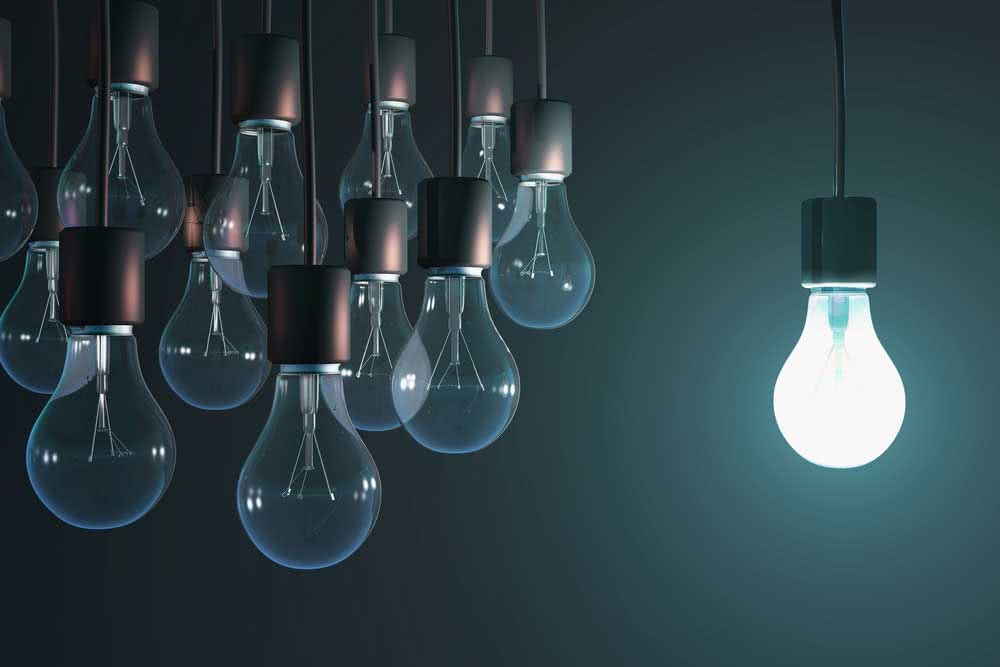
Incandescent lamps, the oldest in history, have been banned in Brazil since 2016.
The model was banned for its high energy consumption and low light. In other words, very little. Another major disadvantage of incandescent lamps was the mercury used in their manufacture, which made them a serious problem when discarded in common garbage.
Incandescent bulbs were used for everything from general overhead lighting to indoor use in stoves and refrigerators.
Fluorescent lamp
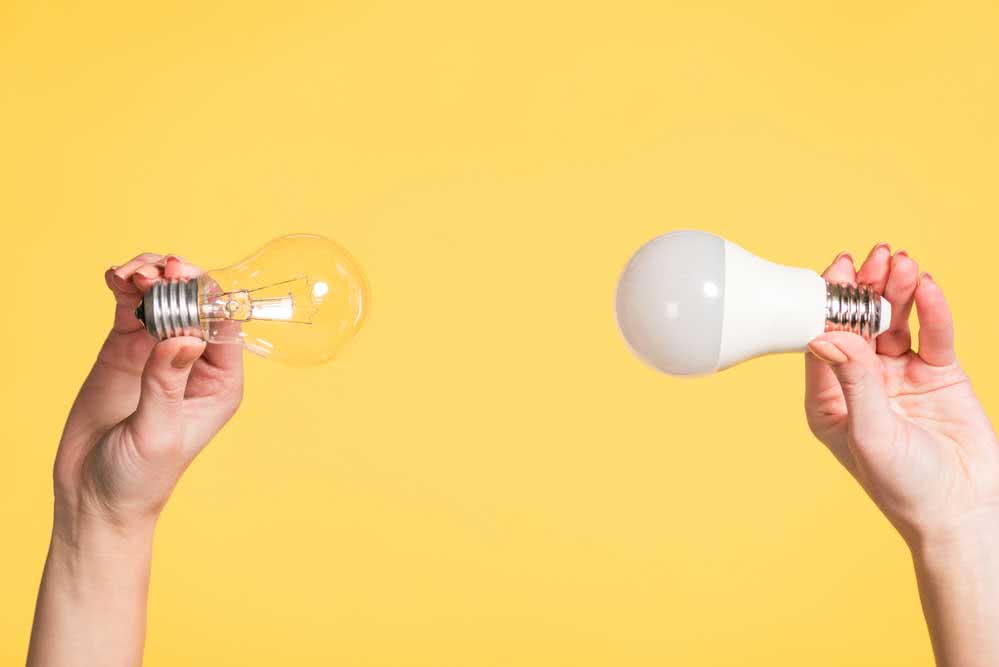
With the ban on incandescent lamps, fluorescent lamps became popular. More energy efficient, they are also more durable.
Fluorescent lamps can be found in two types: tubular and compact (straight or spiral).
There are fluorescent lamps in different color ranges, ranging from yellow, similar to incandescent, to bluish white.
Not to mention that fluorescent lamps can also be found in colored models, in colors ranging from red to green, passing through blue.
This type of lamp is widely used in domestic lighting, serving the most varied environments very well.
Fluorescent lamps have a useful life of up to 5,000 hours, quite different from incandescent lamps that lasted a maximum of 700 hours.
Led lamp
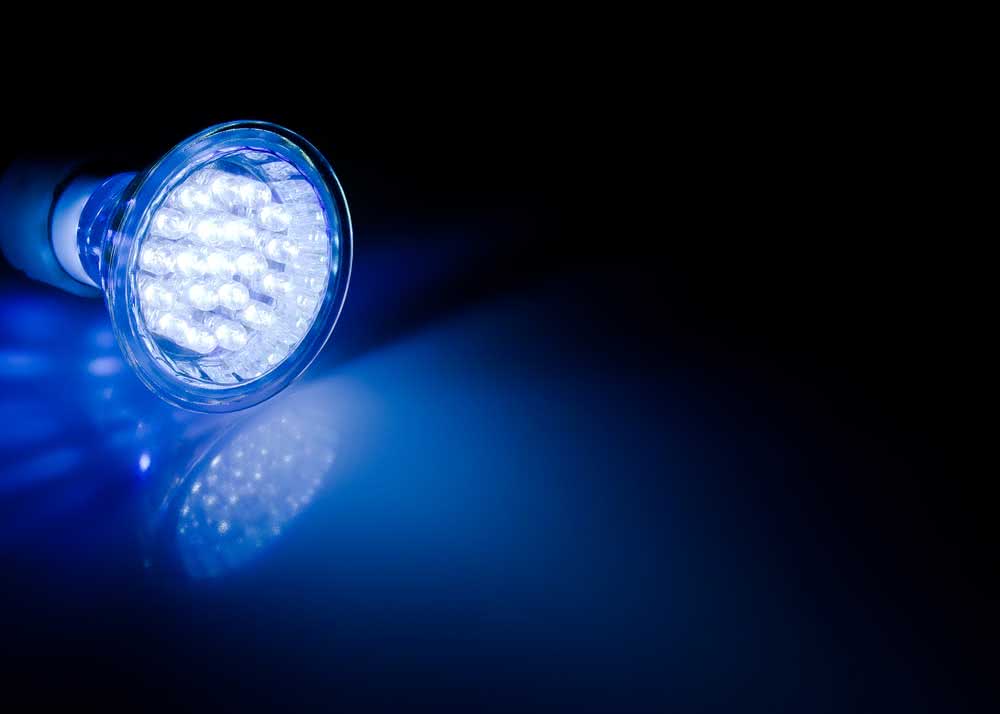
The darlings of the moment are the LED lamps. And it’s easy to understand why. These lamps have the best cost benefit in the market, with high lighting capacity while having the lowest energy consumption index.
In other words, they are super efficient, consume much less energy and also have a long service life, being able to last for up to 50,000 hours.
LED lamps can be used in any type of project, commercial or residential, thanks to the various models, colors and shapes in which they are found on the market.
The most common LED models are those with temperature ranges between warm yellow and cool white. But it is still possible to find LED lamps in varied colors and in different formats, such as ribbons, spots, dichroic, plaffons, tubular, filament and in the classic bulb format.
LED lamps also have the advantage that they do not heat up and are therefore even safer.
Neon lamp
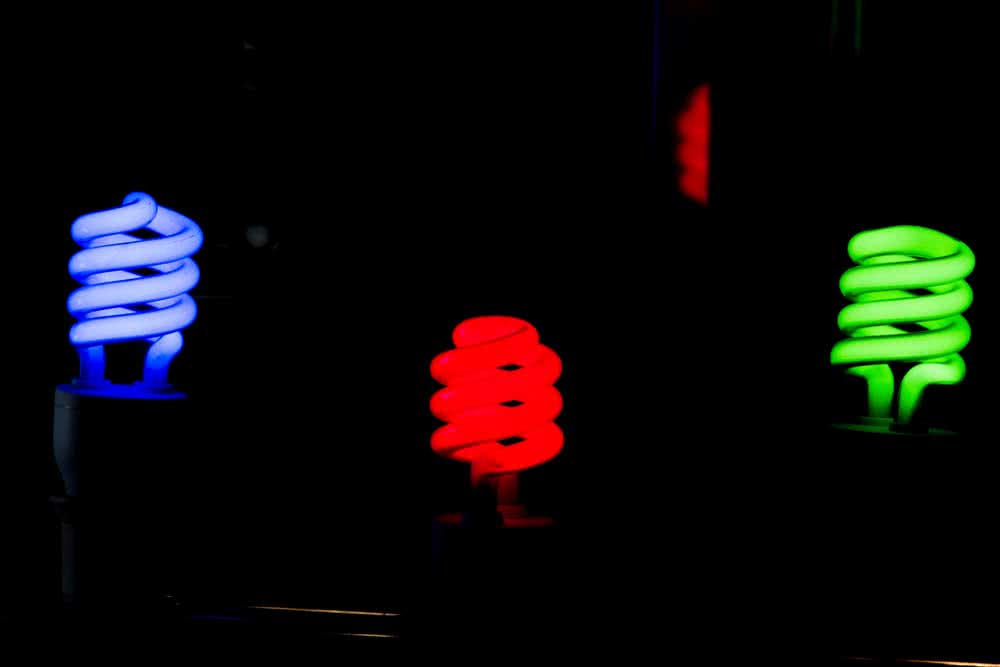
Another lamp you can choose is the Neon type. With a more decorative than a functional appeal, Neon lamps have flashy and bright colors that value modern and fun decor.
The not-so-cool side of neon lamps is the noise emitted in the reactor tube and the fact that they have a very short lifespan.
Ready to choose the right type of lamp for your home?



